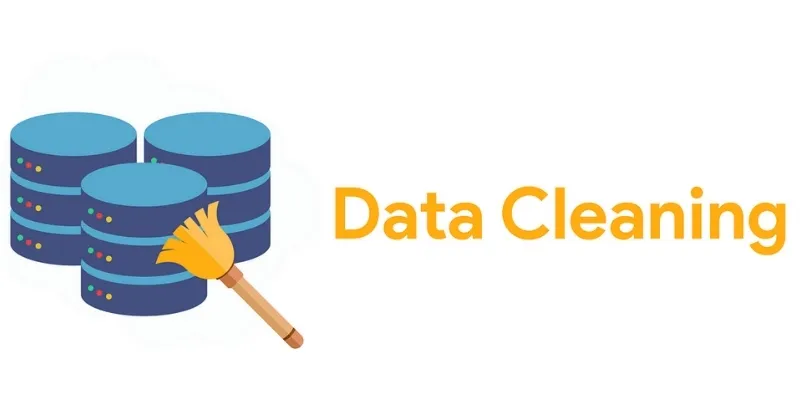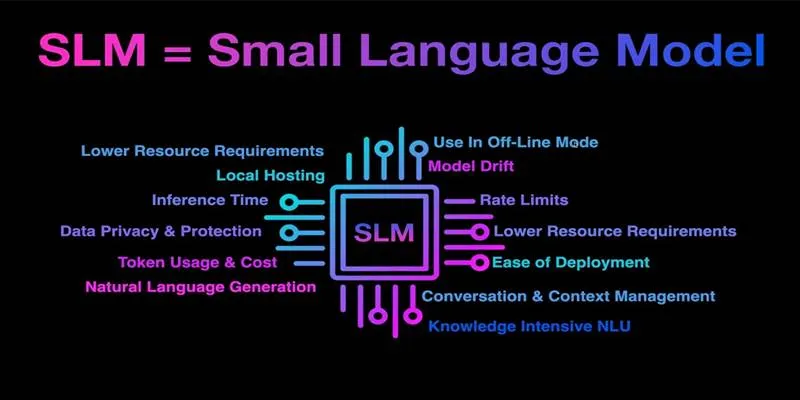When working with data, it’s beneficial to combine tools that excel at specific tasks. MongoDB is a document database ideal for flexible storage of unstructured or semi-structured data. Pandas, NumPy, and PyArrow are popular Python libraries for analysis, computation, and efficient storage. Together, they offer a streamlined approach to storing, processing, and sharing data.
This guide explores how MongoDB integrates with Pandas for tabular analysis, NumPy for high-speed calculations, and PyArrow for efficient data exchange and persistence, simplifying everyday data tasks.
Connecting MongoDB with Pandas
Pandas is the go-to Python library for analyzing structured, tabular data using DataFrames, which resemble database tables or spreadsheets. In contrast, MongoDB stores JSON-like documents that don’t directly match rows and columns. To bridge this gap, use the pymongo library to connect to MongoDB. Once connected, use the find() method to retrieve documents from a collection. These documents, as Python dictionaries, can be loaded into a Pandas DataFrame.

Before loading, inspect your data’s structure. MongoDB documents often include nested fields or inconsistent keys, which Pandas does not handle well by default. Flattening these fields or standardizing keys smooths the transition. The json_normalize function in Pandas is useful here, converting nested structures into flat columns. Once in a DataFrame, you can utilize Pandas’ full range of operations to clean, analyze, and manipulate the data.
This workflow allows you to maintain MongoDB as your flexible storage system while working comfortably with the DataFrame format for analysis. Queries can pull data subsets to reduce memory usage, and you can use Pandas’ indexing, filtering, and grouping tools to explore the dataset more deeply.
Leveraging NumPy for Computation
NumPy offers high-speed operations on arrays and matrices, making it ideal for numerical tasks. While Pandas provides a convenient interface for labeled data, it sits on top of NumPy and uses its array structures under the hood. You can extract NumPy arrays from a DataFrame with .values or .to_numpy(). Once you have an array, NumPy’s optimized routines for linear algebra, statistics, and element-wise operations accelerate tasks compared to pure Python.
This is especially useful when MongoDB holds large numerical datasets. Query MongoDB, clean and organize the data in Pandas, then pass NumPy arrays into algorithms or models that require performance. For instance, you might store sensor data in MongoDB, process it in Pandas to remove noise or fill missing values, and then use NumPy for matrix operations or statistical summaries.
The combination of MongoDB, Pandas, and NumPy is particularly well-suited for analytics pipelines. MongoDB’s flexible schema and scalability ease raw data ingestion. Pandas structures that data into a tabular format, and NumPy efficiently handles the computational heavy lifting, ensuring fast calculations even on large arrays.
Using PyArrow for Efficient Data Exchange
PyArrow focuses on efficient, columnar in-memory data and fast serialization formats. It complements MongoDB, Pandas, and NumPy by addressing data storage and mobility. After processing your data in Pandas, convert a DataFrame into a PyArrow Table. From there, you can save it as a Parquet file, which is more space-efficient than CSV or JSON and can be read quickly later.

This is useful in pipelines where MongoDB is just one component, and the data must be exchanged with other systems. Arrow Tables are language-agnostic, enabling data sharing with Java, Spark, or other tools without format conversion. This compatibility reduces time spent on serialization and deserialization.
PyArrow is also beneficial when dealing with datasets too large to fit entirely in memory. Its design supports memory-mapped files and out-of-core processing. If your MongoDB collection contains millions of records, you can process it in manageable chunks and still benefit from fast I/O. Saving processed data as Arrow or Parquet files also facilitates easy reloading for further analysis without repeating earlier steps.
Combining Them in a Workflow
A practical workflow often begins by storing incoming data in MongoDB. Its document model supports both structured and semi-structured formats, making it easy to collect diverse data. When you need data analysis, query MongoDB through pymongo to fetch the required data. Flatten nested fields as necessary, then load the cleaned list of documents into a Pandas DataFrame.
Once in a DataFrame, you can filter rows, aggregate columns, and reshape the table as needed. For computationally heavy operations — such as matrix multiplication or statistical modeling — convert your DataFrame into a NumPy array and work directly with it. After analysis, you may want to save your results for reuse or sharing. PyArrow simplifies this by converting the DataFrame into an Arrow Table or Parquet file, saving space and ensuring compatibility with other platforms.
This approach leverages each tool’s strengths. MongoDB handles storage and schema flexibility. Pandas provides a familiar tabular interface for cleaning and reshaping. NumPy delivers high performance on numerical tasks. PyArrow ensures results can be saved and shared efficiently. Rather than forcing one system to handle everything, each tool is used for its intended purpose.
Once you establish patterns for querying, cleaning, and saving, the workflow becomes easier to maintain and extend. It scales from small experiments to large pipelines without needing to completely rethink your approach.
Conclusion
Using MongoDB with Pandas, NumPy, and PyArrow offers a comprehensive workflow for data handling. MongoDB stores raw, flexible data; Pandas organizes it into manageable tables; NumPy provides fast numerical computations; and PyArrow enables efficient, compact file formats for sharing. This combination covers storage, analysis, computation, and data exchange seamlessly, allowing you to work efficiently with both structured and semi-structured data in a practical, streamlined way.
 zfn9
zfn9













